How To Perm Bleached Or Color-Treated Hair At Home
Give your mane the ultimate transformation with mild yet effective hairstyling solutions.
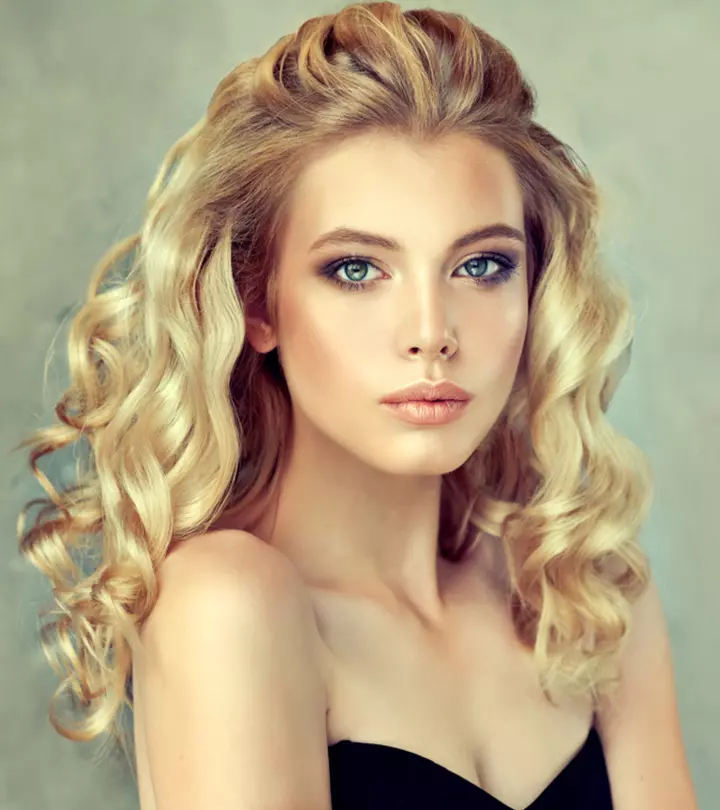
Image: ShutterStock
So you have recently bleached or colored your hair, and now you want to perm it. But, is it okay to perm bleached or color-treated hair? Well, you have to be extra cautious. This ‘80s hairstyle is back in the game. But, this time, the perms are a little softer and more elegant compared to the old-school corkscrew curls.
It is quite natural to gravitate towards a growing trend. However, if you already have chemical-treated hair, perming it might be a little risky. We can tell you about some pre- and post-care procedures to help you out. Read on to learn everything about bleaching and perming your hair and the prep and aftercare routine you must follow. Scroll down!
In This Article
What Is Hair Perming?
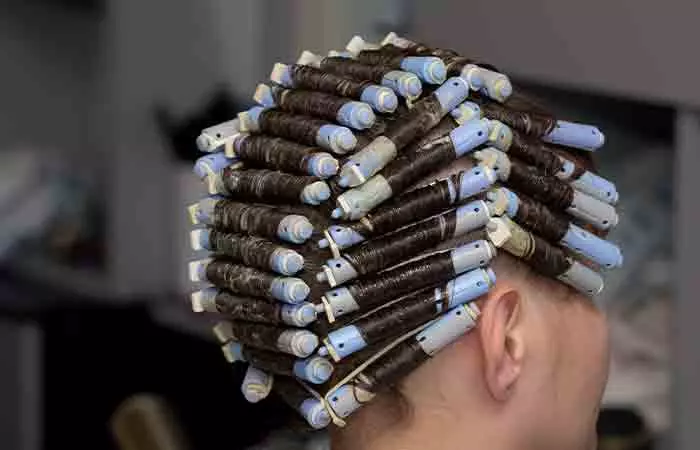
Hair perming is a chemical treatment to alter the structure of the hair fibers. It changes the hair texture by creating either curls or waves. It is best for those with fine and thin hair.
Compared to straightening, perming is difficult and not a one-size-fits-all process. The techniques differ according to hair texture and type. If you are perming colored or bleached hair, you have to be extra cautious.
 Did You Know?
Did You Know?But before you do that, let’s understand the different perm types to choose from.
Key Takeaways
- While it is not extremely harmful, it is advised to avoid perming recently colored or chemically treated hair.
- You will need a perm kit and natural neutral shampoo to perm bleached hair.
- You need to take precautions before you perm your hair, such as checking if your hair is damaged or healthy.
- You can try some maintenance tips to care for dyed and permed hair, like using hair masks.
Types Of Perms
- Body Wave Perm: It offers loose and natural-looking soft waves, adding volume and movement to the hair.
- Spiral Perm: Produces tight, corkscrew-like curl pattern, giving a bouncy appearance to long hair.
- Spot Perm: This technique is used to curl specific hair sections so that they match the existing curl pattern, giving a uniform look.
- Stack Perm: It focuses on curling the top layers of the hair, providing volume and lift to the crown.
- Pin Perm: It involves using hairpins to create defined curls on shorter hair lengths.
- Multi-Textured Perm: This perm style combines various curl sizes and patterns, offering a more natural and textured look.
Clearly, there’s no shortage of options when it comes to perming. But should perm your hair if it’s already bleached or colored? Read on.
Is It Safe To Perm Colored Or Bleached Hair?
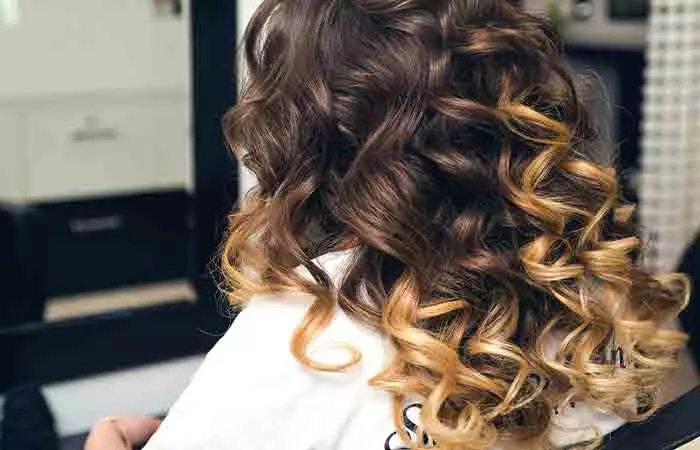
Although perming colored and bleached hair is not dangerous, it is not recommended. It is because your hair has already gone through a chemical process. Exposing it to multiple chemical processes may alter the hair structure, causing cuticlei The outermost layer of the hair shaft made of overlapping layers of dead cells that strengthen and shield the hair. breakage, split ends, and frizzy hair. Moreover, perming colored hair is likely to lighten the color.
However, there are perming formulas meant for colored hair. These formulas are milder than other perming solutions but are expensive. If you wish to go ahead with perming your bleached and colored hair, consult a hair expert and be aware of the damages it may cause.
You can also do it at home. Make sure to have a gap of at least 2-3 weeks between bleaching or coloring and perming. Here is how you can do it.
How To Perm Bleached Hair
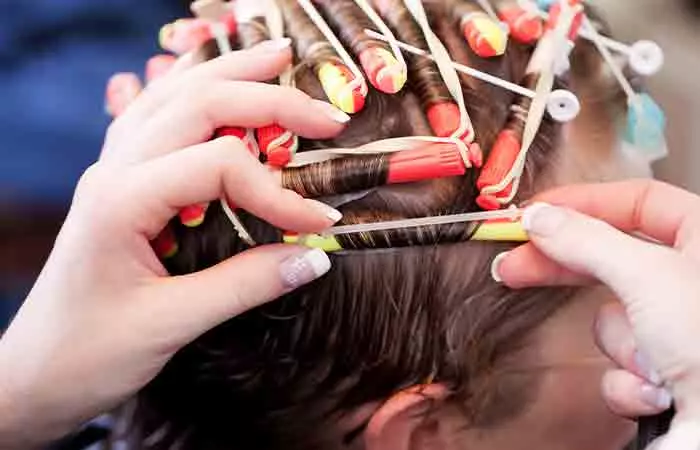
You Will Need
- Perm kit for bleached hair
- Natural and neutral shampoo
Process
- Wash your hair with a clarifying shampoo to remove any oil and dirt residue.
- Dry your hair and brush to detangle all the knots.
- Divide your hair into uniform sections.
- Using a rat-tail comb, take out a thin strand from one section and wrap it around the curling rod. Repeat the process with the remaining sections.
- Apply the perming solution on the rods and leave it for five minutes.
- Unwrap the hair around one curling rod. If you cannot see the waves, leave it on for another two minutes.
- Once you notice S-like waves, rinse the hair well with warm water without removing the curling rods.
- Dry the hair with a blow dryer and then apply the neutralizing liquid on the rods.
- Wait for 10 minutes and rinse with warm water to wash out the solution.
- Blow dry the hair and gently remove the rods.
- Do not brush your hair. Wait for three days to shampoo your hair.
Check out this video for a better understanding:
Before you start the perming process, you have to pass the chunk test to ensure hair health and prevent damage.
What To Do Before You Perm Dyed Hair?
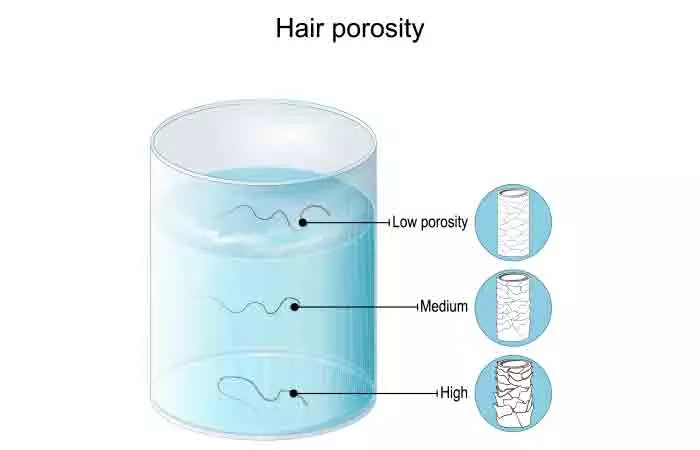
Before starting the chemical perming process, perform a chunk test. If your hair passes the chunk test, you can continue with the perming process.
Dip a few hair strands into a glass of water. If the strands sink to the bottom of the glass, your hair absorbs water quickly and is damaged and dehydrated. It is not recommended to perm damaged hair. If your hair does not sink, you can go ahead with the perming process. Here are a few tips before you start the process.
Other Tips For Perming Dyed Or Bleached Hair
- Always use a natural shampoo and conditioner for pre- and post-treatment wash. They help restore moisture and rejuvenate the locks.
- Comb your hair thoroughly to detangle it before perming.
- Take professional assistance for the perming and bleaching process.
 Quick Tip
Quick TipPerming colored and bleached hair can leave it dry and dehydrated. Hence, you have to take proper care of your hair to maintain your perm.
How To Care For Your Permed And Dyed Hair
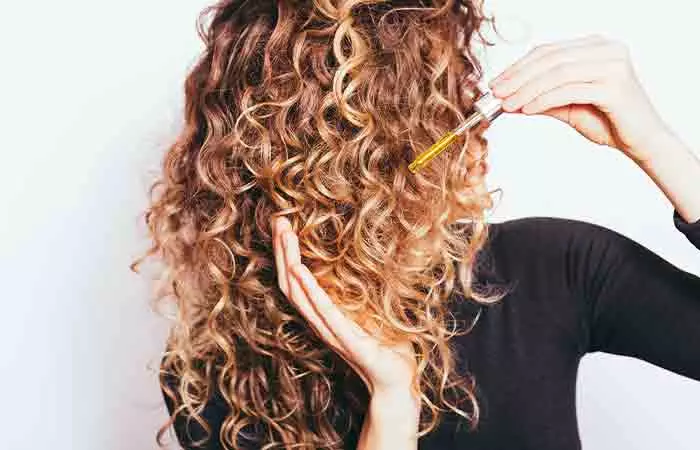
- Hair perming after bleaching or dyeing dehydrates the hair. Use a sulfate-freei The property of a product free of sulfates, a type of cleansing ingredient that can irritate and harm the skin and eyes. , paraben-freei The property of a product free of parabens, a type of synthetic preservative that can disrupt fertility and increase the risk of cancer. , chemical-free shampoo to restore the hair bonds and strengthen the locks.
- Use deep conditioners and hair masks twice a week to reduce the damage. Deep conditioners soften the chemically processed locks and keep them hydrated and nourished.
- You can also go for hair spa sessions twice a month to add extra nourishment.
- Use a wide-toothed comb or a gentle brush to detangle your hair. Be gentle while combing your hair.
Infographic: How To Perm Color-Treated Or Bleached Hair At Home
Changing your hairstyle at home can be a fun experiment, but it can also be tricky if you have already dyed or bleached it. Want to add some curls without a trip to the salon? The infographic below will show you how to do it safely and easily on your colored or bleached hair. Dive in for some handy tips!
Some thing wrong with infographic shortcode. please verify shortcode syntaxYou can perm bleached or color-treated hair, but you need to be very careful. It is recommended not to perm dry or damaged hair. Bleaching and coloring your hair leaves your hair strands open to damage. Perming, as mentioned above, also weakens your hair. If you recently bleached or colored your hair, it is not advised to immediately perm your tresses. Give your vulnerable hair some time to recuperate, like a week or two. Follow the tips mentioned in the article to keep your permed hair healthy and strong, such as oiling your hair and applying hair masks. Take notes from these suggestions and do effortless styling with your permed tresses without even going out to a salon!
Frequently Asked Questions
What should I avoid after perming my hair?
After perming your hair, avoid washing it, using heat-styling tools, or tying it back. for at least 48 hours to allow the curls to set properly.
How often can I perm my hair?
You can perm your hair every 6 to 8 weeks, but it is best to wait longer if your hair is damaged or processed to avoid excessive stress and breakage.
Is a perm worse than bleaching your hair?
Both perming and bleaching are damaging processes. Perms can be bad for your hair only if they are done improperly and the hair is too frequently exposed to perm chemicals. While bleach shows signs of damage right away, stylists claim that performing a perm using proper techniques and methods can ensure less damage to the hair. However, perming also weakens the texture and quality of your hair and is not a completely safe procedure.
Is it better to perm or color first?
It is better to color the hair first and then go for perming as it is easier to correct any color mishap beforehand. Moreover, the hair color will already break down a few hair bonds, making the perming process fast and easier. However, professional stylists recommend avoiding the two chemical processes in quick succession.
What type of perm is best for bleached or color-treated hair?
Acid perms are best for bleached or color-treated hair, as they are gentle, maintain the hair structure, and cause less damage to the hair. Before you get a perm, remember to learn more about the different types of perms to understand which one may suit your hair. This will ensure you get the best results.
Can I get a digital perm on bleached or color-treated hair?
Getting a perm on bleached or color-treated hair, in general, is damaging. A digital perm involves heat to set the curl/waves and may even cause more damage. It is best to check with a professional stylist.
Illustration: Perming Bleached Or Colored Hair: Is It Safe?

Image: Stable Diffusion/StyleCraze Design Team
Transform your hair with a perm and color in one setting! Learn how to do it with easy-to-follow steps provided in the following video.
Read full bio of Dr. Zeel Gandhi
Read full bio of Anjali Sayee
Read full bio of Eshna Das
Read full bio of Krati Darak






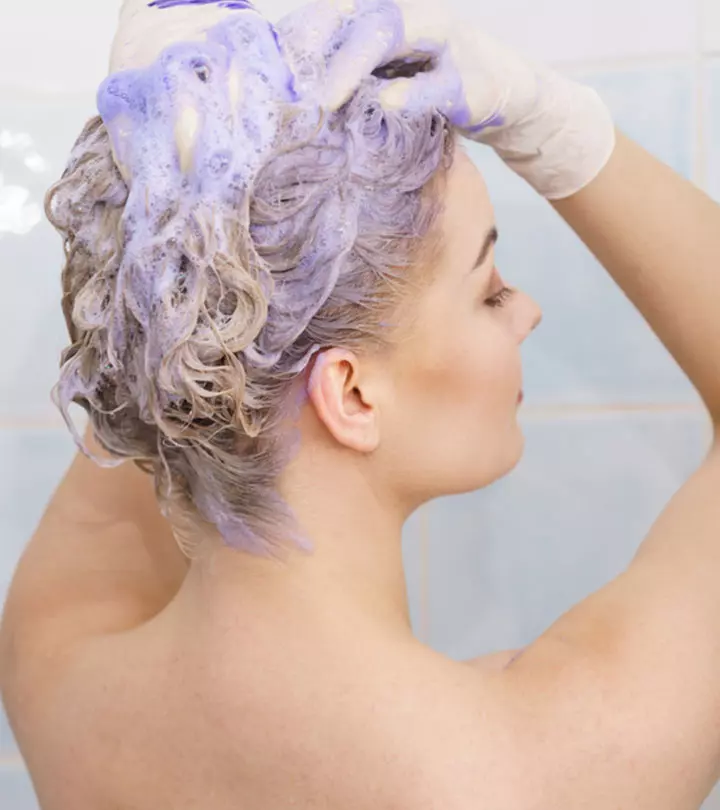



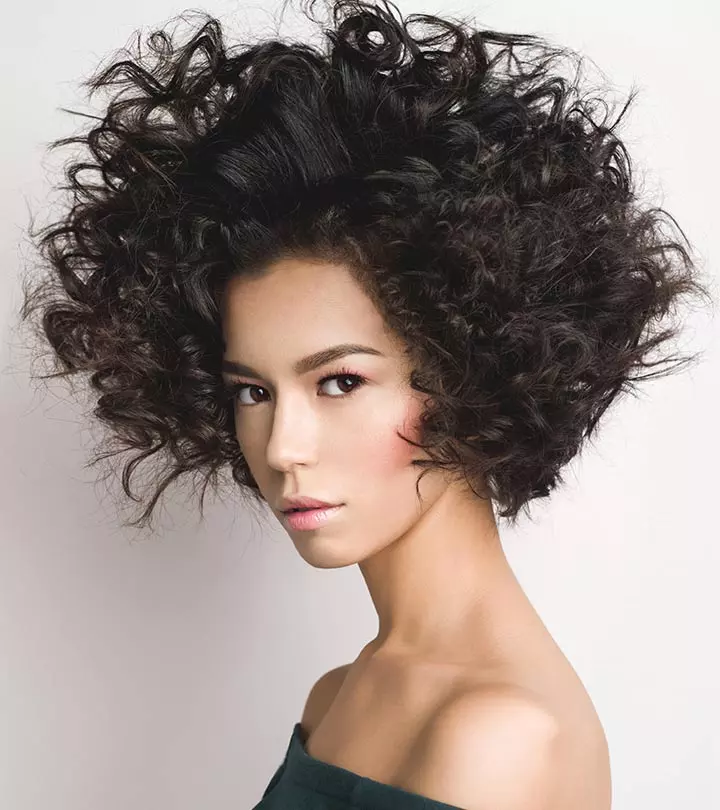
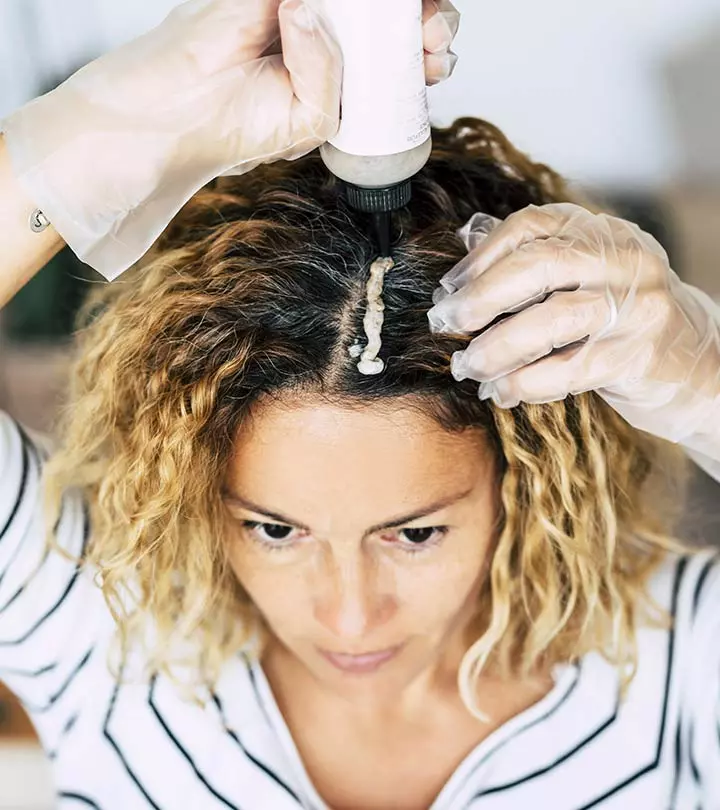
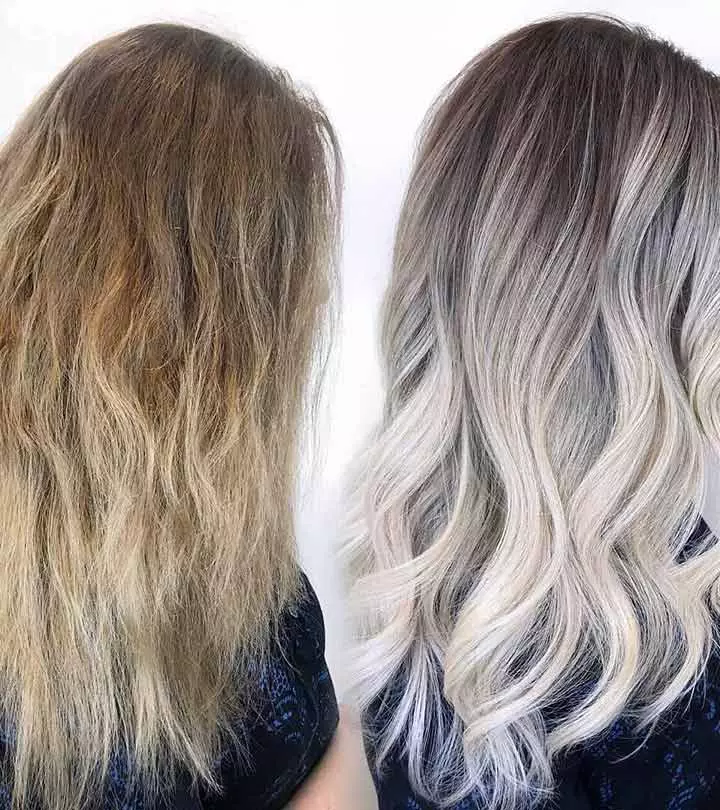

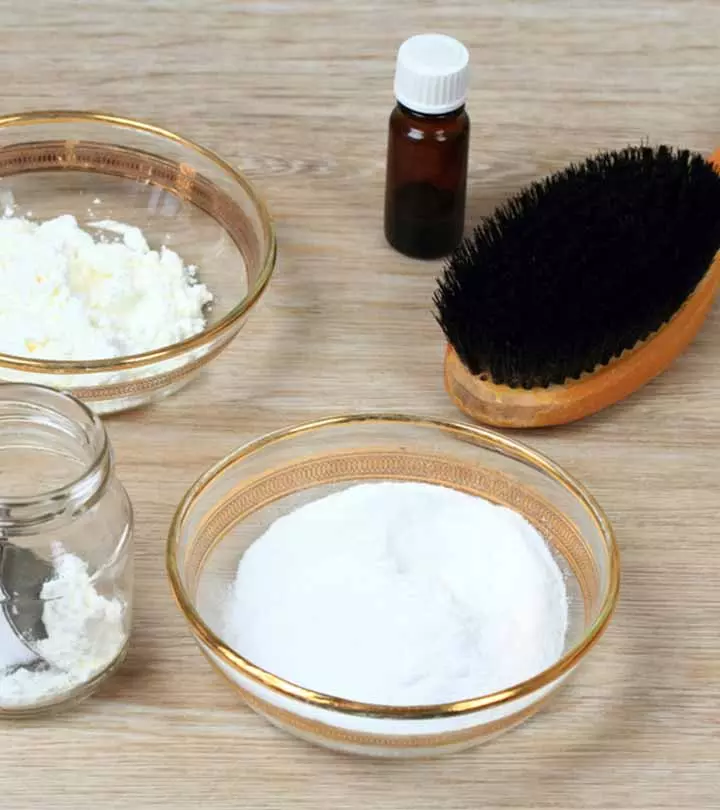

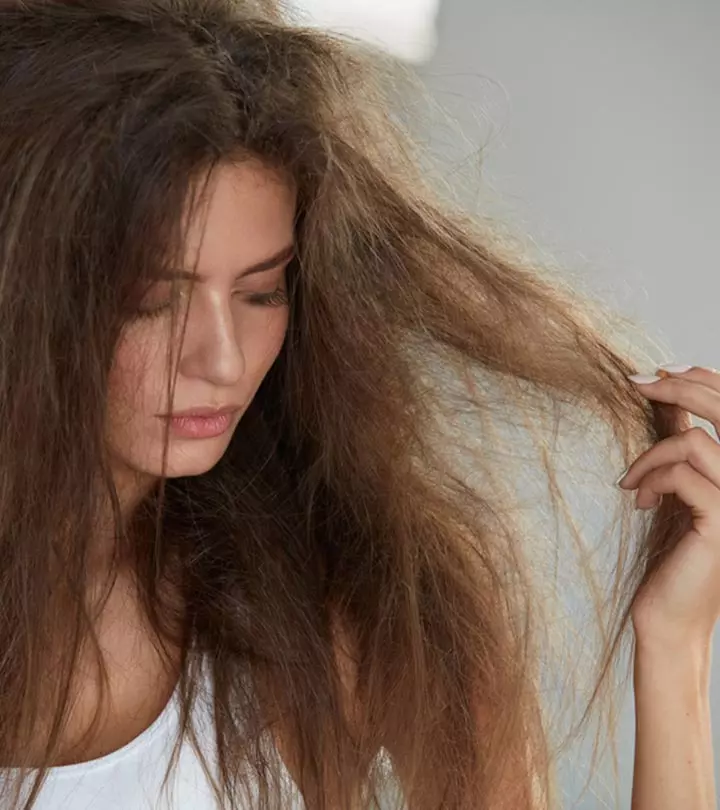
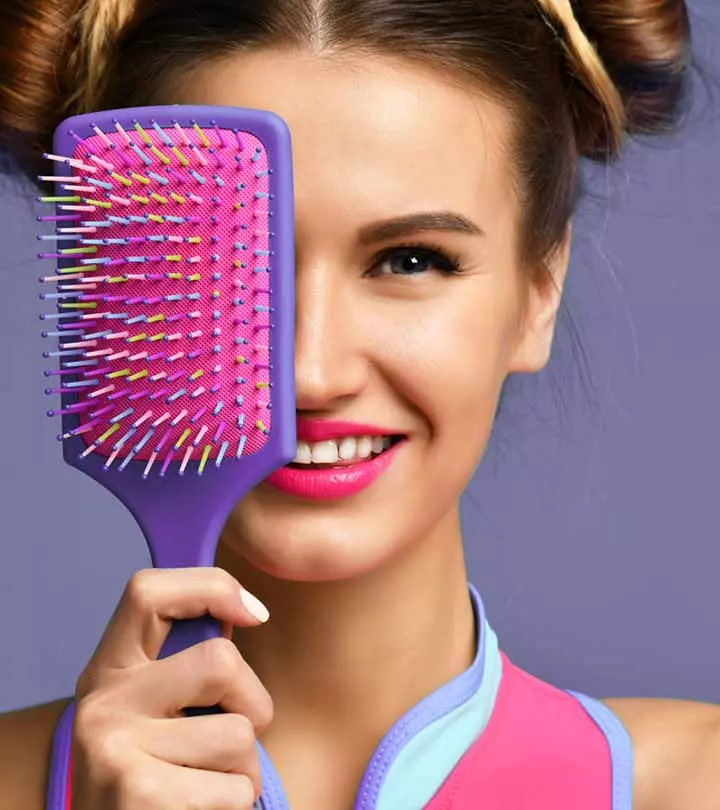


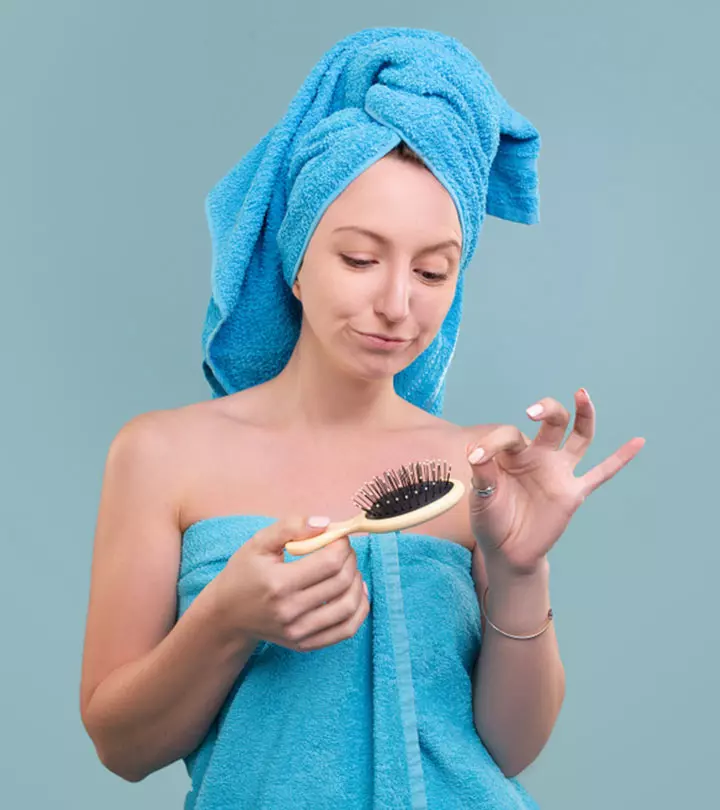
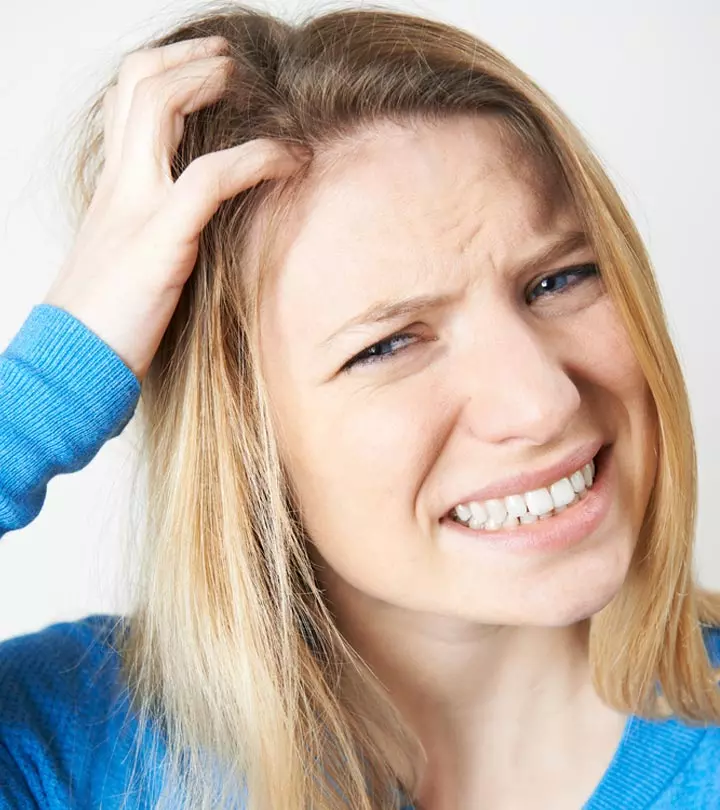
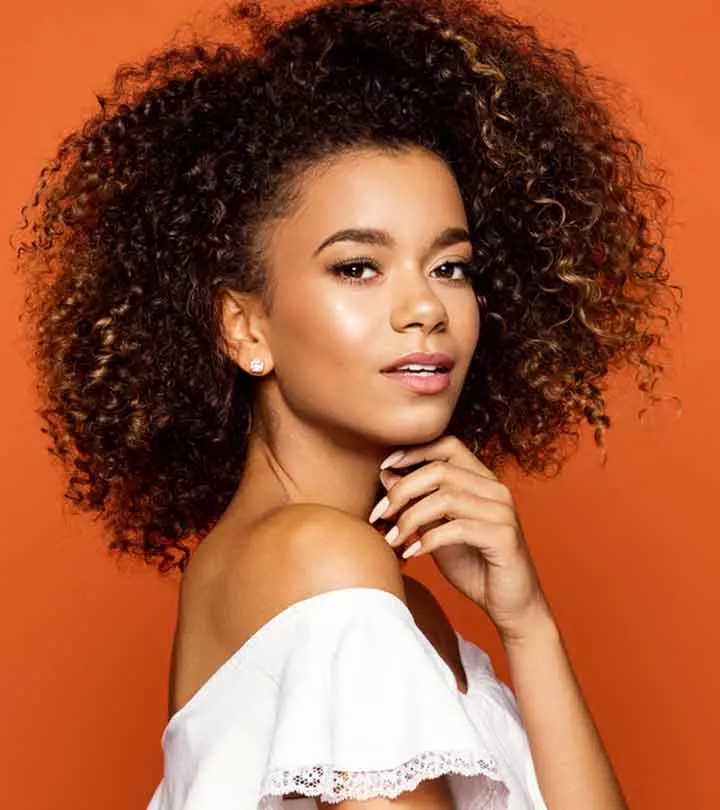
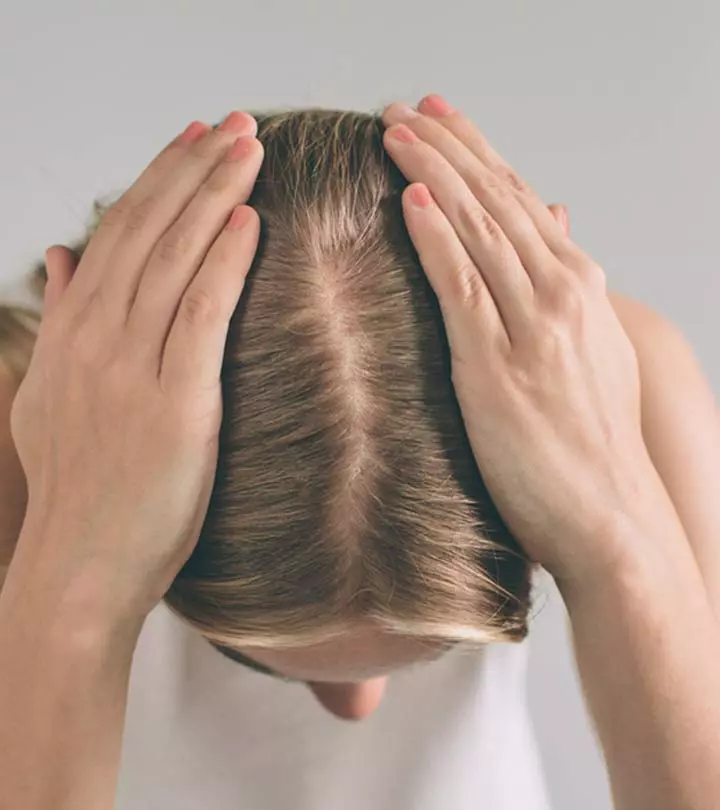


Community Experiences
Join the conversation and become a part of our empowering community! Share your stories, experiences, and insights to connect with other beauty, lifestyle, and health enthusiasts.